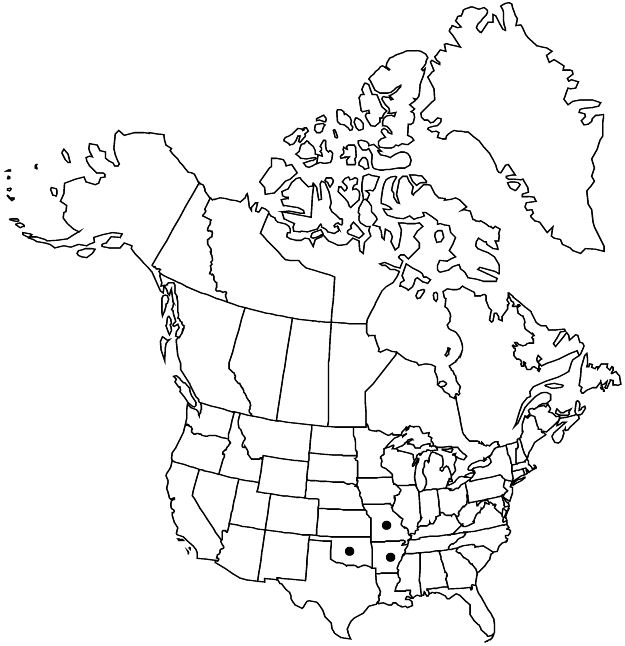Crataegus padifolia
Trees & Shrubs 2: 75, plate 135. 1908.
Shrubs or trees, 40–60 dm. Stems: twigs: new growth reddish green, glabrous, 1-year old deep redbrown, 2-years old dark gray-black, older grayish; thorns on twigs sometimes absent, straight or slightly recurved, 2-years old blackish, slender, 2–4 cm. Leaves: petiole 1 mm wide, length 33–40% blade, glabrous, sparsely glandular; blade deep glossy green, ± elliptic (var. padifolia) or ovate (var. incarnata), 3–5 cm, base cuneate or broadly cuneate to rounded or subtruncate, lobes 0, or 3 or 4 per side (enlarged toothlike apiculi in var. padifolia or larger in var. incarnata), sinuses shallow, lobe apex very short and acute to ± obtuse, margins serrate at least young teeth gland-tipped, teeth gland-tipped, veins 4–7 per side, apex subacute to obtuse, surfaces glabrous, adaxial larger veins sparsely short-hairy. Inflorescences 3–6-flowered; branches glabrous; bracteole margins stipitate-glandular. Flowers 15–18 mm diam.; hypanthium glabrous; sepals 4 mm, margins finely glandular-serrate distally, abaxially glabrous; stamens 10, anthers cream, flushed pink; styles 2 or 3. Pomes dull orangebrown to ± shiny, red-orange to red, ± oblong, 12–14 mm diam., glabrous; sepals sessile, patent-reflexed; pyrenes 2 or 3.2n = 51.
Distribution

Ark., Mo., Okla.
Discussion
Varieties 2 (2 in the flora).
Crataegus padifolia is rare, confirmed only for the Ozark region of Arkansas and southern Missouri. Occasional specimens from southern Appalachia may prove to belong here.
Crataegus padifolia is one of the less typical taxa usually placed in ser. Intricatae as it lacks the characteristic elevated fruiting calyx. The two varieties, at least in their more extreme forms, could pass for different species but too little material is available on which to justify a change of status. Crataegus fortunata Sargent from Pennsylvania has yellow fruit but is otherwise similar and may belong here.
Selected References
None.
Key
| 1 | Leaf blades: bases cuneate, length/width = 1.4–2, lobes 0 or usually at most short, acute apiculi, veins 5–7 per side. | Crataegus padifolia var. padifolia |
| 1 | Leaf blades: bases broadly cuneate to rounded or subtruncate, length/width = 1–1.4, lobes 3 or 4 per side, lobe apices ± obtuse, sinuses shallow, veins 4–6 per side. | Crataegus padifolia var. incarnata |
"thin" is not a number."glabrous" is not a number."adnate" is not a number."dm" is not declared as a valid unit of measurement for this property.